Ritual Meanings in the Fifteenth-Century Motet
- Author: Robert Nosow
- Date Published: February 2017
- availability: Available
- format: Paperback
- isbn: 9781316639559
Paperback
Other available formats:
Hardback
Looking for an inspection copy?
Please email [email protected] to enquire about an inspection copy of this book
-
The first full-length study of how motets were used and performed in the fifteenth century, this book dispels the mystery surrounding these outstanding works of vocal polyphony. It covers four areas of intense compositional activity: England, the Veneto, Bruges and Cambrai, with reference to the works of Dunstaple, Forest, Ciconia, Grenon and Du Fay. In every documented instance, motets functioned as ceremonial vehicles, whether voiced in procession through the streets of a city or the chapel of a king, at the guild chapel of a parish church or the high altar of a cathedral. The motet was an entirely vocal genre that changed radically during the period from 1400 to 1475. Robert Nosow outlines the motet's social history, demonstrating how the incorporation of different texts, musical dialects, cantus firmus materials and melodic styles represents an important key to the evolution of the genre, and its adaptability to widely variant ritual circumstances.
Read more- Discusses a wide variety of ceremonial situations and audiences, providing a social context which has been missing from previous discussions of the motet
- The focus on four different geographic areas - England, the Veneto, Bruges and Cambrai - allows for comparative study and opens the way for new research
- Presents extensive documentation of motet performance, covering who, where, when, and under what circumstances, and also provides interpretive approaches that inform and build on the documentary findings
Reviews & endorsements
'Informative, thoroughly researched, and skillfully presented.' Choice
See more reviews'… the study enlarges our understanding of music's role in ritual and broadens our view of the individuals involved in every musical enterprise.' Renaissance Quarterly
'This book is a wonderful contribution to musicological scholarship that has the potential to move the discourse on late medieval music forward in interesting and productive ways.' Elizabeth Randell Upton, The Medieval Review
Customer reviews
Not yet reviewed
Be the first to review
Review was not posted due to profanity
×Product details
- Date Published: February 2017
- format: Paperback
- isbn: 9781316639559
- length: 292 pages
- dimensions: 245 x 170 x 15 mm
- weight: 0.52kg
- contains: 10 b/w illus. 12 tables 35 music examples
- availability: Available
Table of Contents
Introduction
1. Motets in the chronicles of Henry V
2. The motet as ritual
3. Processions in the Veneto
4. The motet as ritual embassy
5. Motets for the citizens of Bruges
6. Contemplation
7. The canons of Cambrai
8. The dialogic motet
Appendix A. Accounts of Santa Maria dei Battuti
Appendix B. Foundations and charters at Bruges
Appendix C. Foundations at Cambrai cathedral.
Sorry, this resource is locked
Please register or sign in to request access. If you are having problems accessing these resources please email [email protected]
Register Sign in» Proceed
You are now leaving the Cambridge University Press website. Your eBook purchase and download will be completed by our partner www.ebooks.com. Please see the permission section of the www.ebooks.com catalogue page for details of the print & copy limits on our eBooks.
Continue ×Are you sure you want to delete your account?
This cannot be undone.
Thank you for your feedback which will help us improve our service.
If you requested a response, we will make sure to get back to you shortly.
×
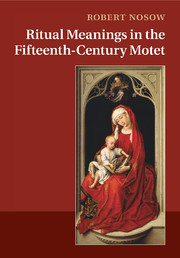


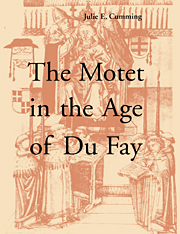

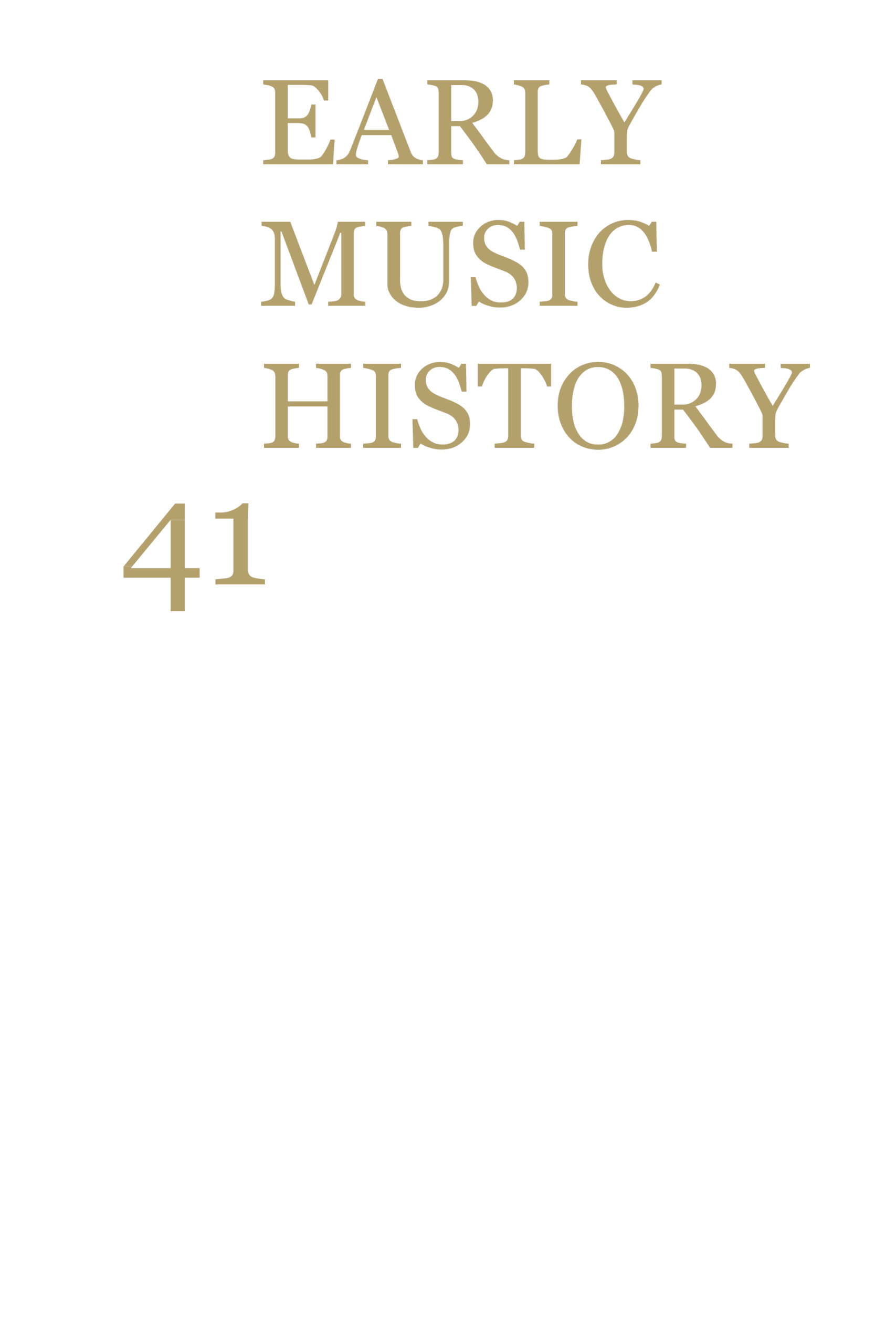
.jpg)
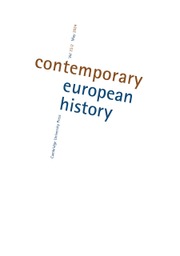
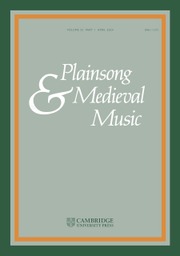
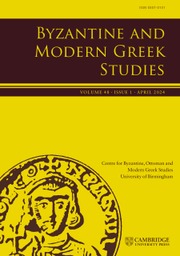
.jpg)